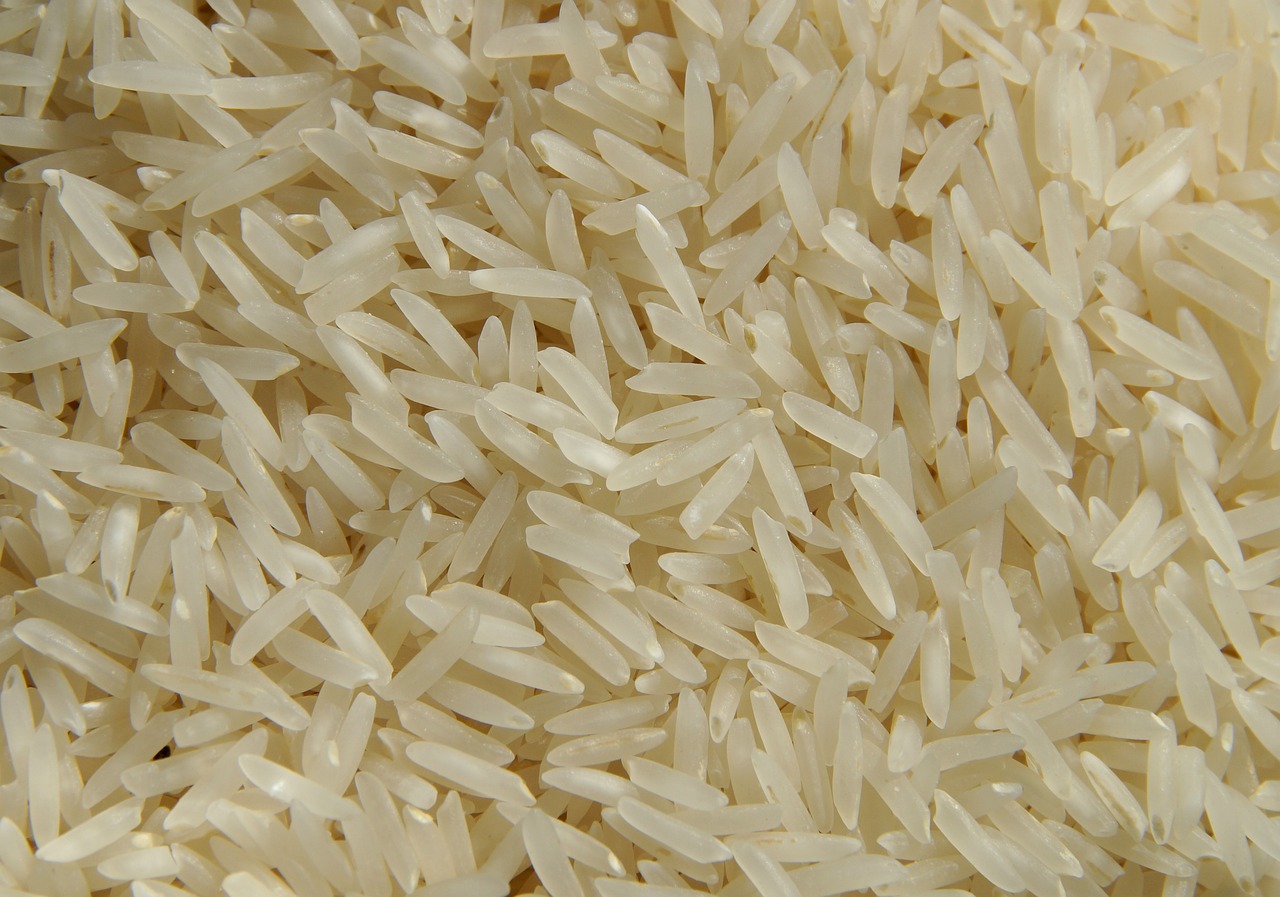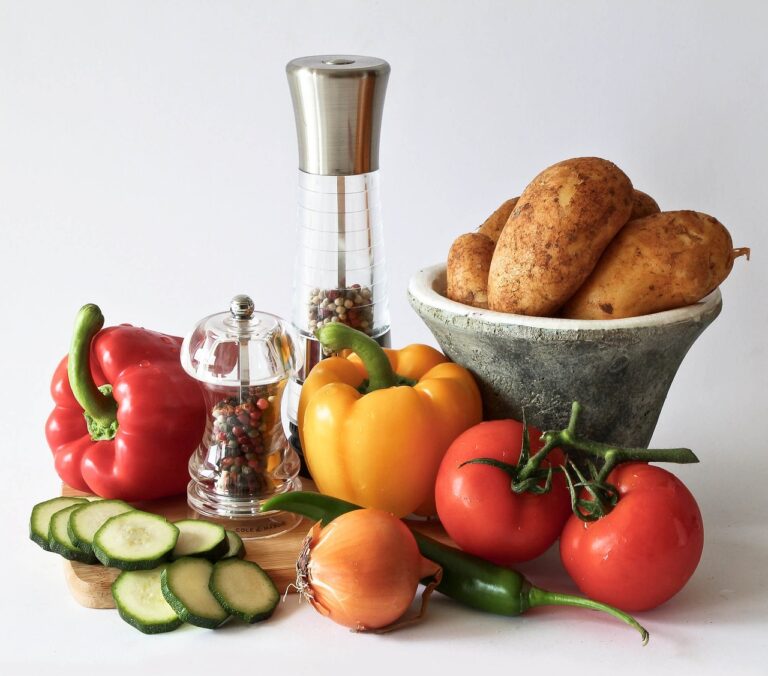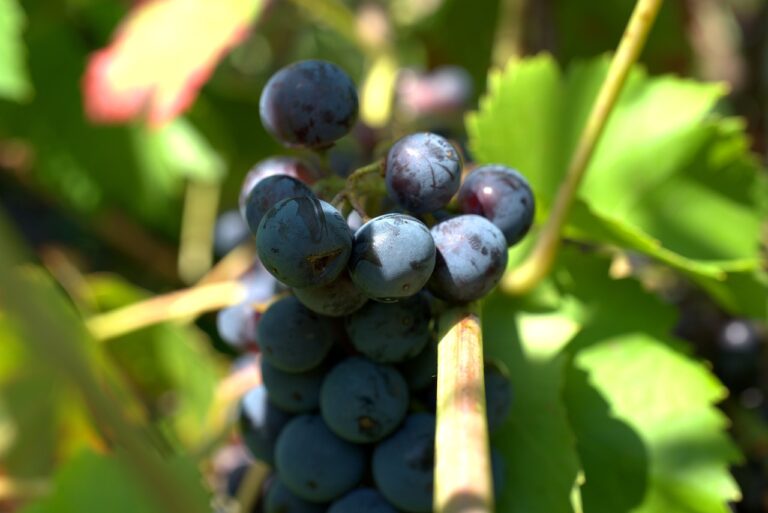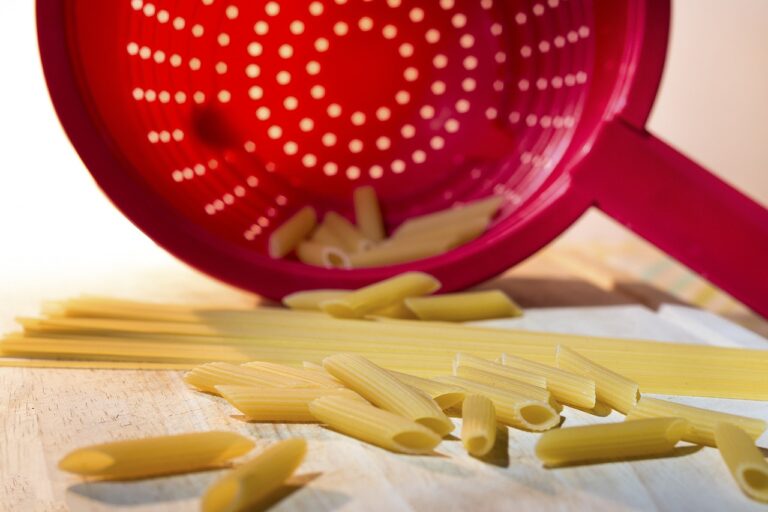Exploring the Artisanal Cheese Revolution
Artisanal cheese making dates back centuries, stemming from a tradition deeply rooted in craftsmanship and quality. In the early days, farmers would skillfully craft cheese using methods passed down through generations, utilizing simple tools and techniques to create unique flavors. The process was a labor of love, with each batch requiring close attention and dedication to achieve the desired taste and consistency.
As time progressed, artisanal cheese making evolved with advancements in technology and production methods. The art of crafting cheese transitioned from small-scale farms to specialized creameries, allowing for a wider distribution of these handcrafted delicacies. Despite these changes, many artisanal cheese makers continue to honor the traditional methods, emphasizing the importance of quality ingredients and meticulous craftsmanship in every wheel of cheese they produce.
• The tradition of artisanal cheese making has been passed down through generations
• Farmers used simple tools and techniques to create unique flavors
• Each batch required close attention and dedication to achieve desired taste and consistency
As technology advanced, artisanal cheese making transitioned from small-scale farms to specialized creameries. This shift allowed for a wider distribution of handcrafted cheeses while still maintaining the emphasis on quality ingredients and meticulous craftsmanship. Today, artisanal cheese makers continue to uphold the rich history of their craft by blending traditional methods with modern innovations, resulting in a diverse array of delicious cheeses enjoyed by people around the world.
Different Types of Artisanal Cheeses
Artisanal cheeses come in a vast array of styles, each with its own unique flavors and textures. From creamy bries to sharp cheddars, there is something to suit every palate. Soft cheeses like camembert and goat cheese offer a smooth, spreadable consistency that pairs well with fruits and nuts, while hard cheeses such as parmesan and aged gouda provide a more intense flavor profile, perfect for grating over pasta or enjoying on a cheese platter.
Blue cheeses, like Roquefort and Gorgonzola, boast distinctive blue veins running throughout the creamy paste, giving them a bold, tangy taste. Washed-rind cheeses, such as Taleggio and Epoisses, are known for their pungent aroma and rich, buttery flavor. These cheeses are often aged in various conditions, allowing for the development of complex flavors that make them standout choices for cheese connoisseurs.
The Rise of Artisanal Cheese Makers
With the increasing interest in locally sourced and handcrafted products, artisanal cheese makers have been gaining popularity in recent years. These skilled individuals are dedicated to preserving traditional cheese-making techniques while also experimenting with new flavors and styles. As consumers become more conscious of the quality and origin of their food, the demand for artisanal cheeses continues to grow.
Artisanal cheese makers often work on a smaller scale, allowing them to focus on quality rather than quantity. This attention to detail is reflected in the unique and complex flavors of their cheeses. By working closely with local farmers and using high-quality ingredients, these cheese makers are able to create products that stand out in a market dominated by mass-produced options.
What is the history of artisanal cheese making?
Artisanal cheese making dates back thousands of years, with techniques being passed down through generations. It was traditionally a way for farmers to preserve milk and create a valuable product.
What are some different types of artisanal cheeses?
There are numerous types of artisanal cheeses, including aged cheddar, brie, camembert, gouda, and blue cheese. Each type has its own unique flavor profile and characteristics.
Why has there been a rise in artisanal cheese makers?
The rise of artisanal cheese makers can be attributed to a growing interest in high-quality, locally-produced foods. Consumers are increasingly seeking out unique and flavorful cheeses made by skilled artisans. Additionally, there has been a revival of traditional cheese making techniques.







